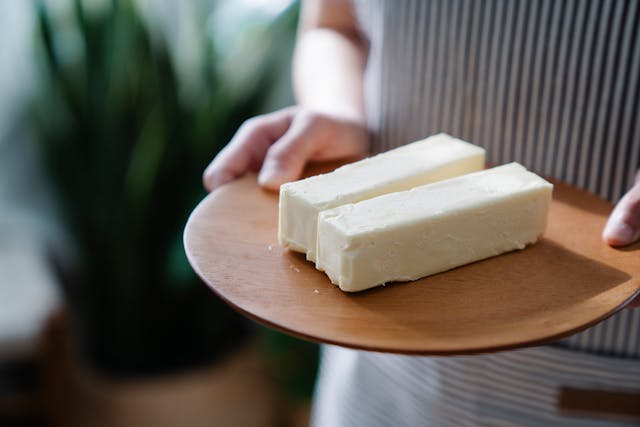Fat freezing is a relatively new cosmetic procedure for getting rid of unwanted fatty deposits. Approved by the US FDA in 2010 and subsequently in many other countries, it has become a popular procedure because of its effectiveness at targeting specific areas of the body and the fact that it does not involve any instruments being inserted into the body. It is, medically speaking, a ‘non-invasive’ procedure.
This short guide provides a primer on fat freezing, which is also known as coolsculpting and cryolipolysis.
The scientific basis of fat freezing
Despite its intimidating-sounding official name, the concept of cryolipolysis is actually quite straightforward. It is based on the idea that fat cells in the body are harmed much more by cold temperatures than the other types of cells that surround them.
What happens when fat cells are exposed to cold temperatures is that the lipids – fatty compounds inside them – crystallize, which then causes apoptosis. This is the death process of the cells. They are then broken down through another process called lipolysis. Meanwhile, the non-fat cells nearby live on. Because the fat cells have died and been broken down, there will be visibly less fat on the body in the area where the cold temperature was applied.
The amount of time and level of the cold required means that it cannot be performed on the whole body at once, and it is not meant to be a replacement for a healthy lifestyle. Fat freezing is used to target areas where stubborn fatty deposits remain despite efforts to lose weight normally.
The procedure
Now that you know why fat freezing works, you might be wondering what actually happens in a fat freezing session. How exactly can cold temperatures be applied to a specific area and is it painful?
To answer the first question, the cold temperatures are applied using a clamp-like device. As we have said, fat freezing is a non-invasive procedure, so nothing penetrates the skin or enters the body.
The clamp device will cool the flesh inside it to a low-enough temperature to kill the fat cells. This usually takes between 35 and 60 minutes. It causes numbness, which usually sets in after a few minutes, rather than pain.
The effectiveness of fat freezing
On average, fat freezing gets rid of between 20 and 25% of the fat in the area it is applied to, which is enough for the results to be visible. However, they may not even start being visible for several weeks, and it can take three months or more to see the final results.
The reason for this is that fat freezing relies on the natural processes of the body to actually break down and remove the fat. Natural processes like these tend to be slow.
The safety of fat freezing
Side effects from fat freezing are rare and not serious. The clamp can sometimes cause bruising or redness, and the area may be sensitive for a short while after the procedure is finished.
Conclusion
While not as fast a method of fat removal as liposuction, fat freezing offers a viable non-invasive alternative. When performed by qualified professionals, it is effective at targeting unwanted fatty buildups with a very low risk of side effects.




